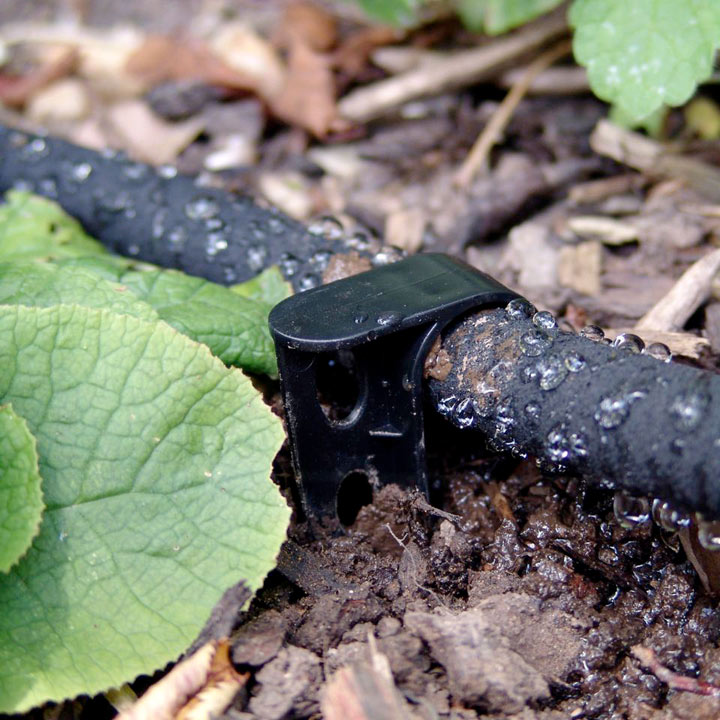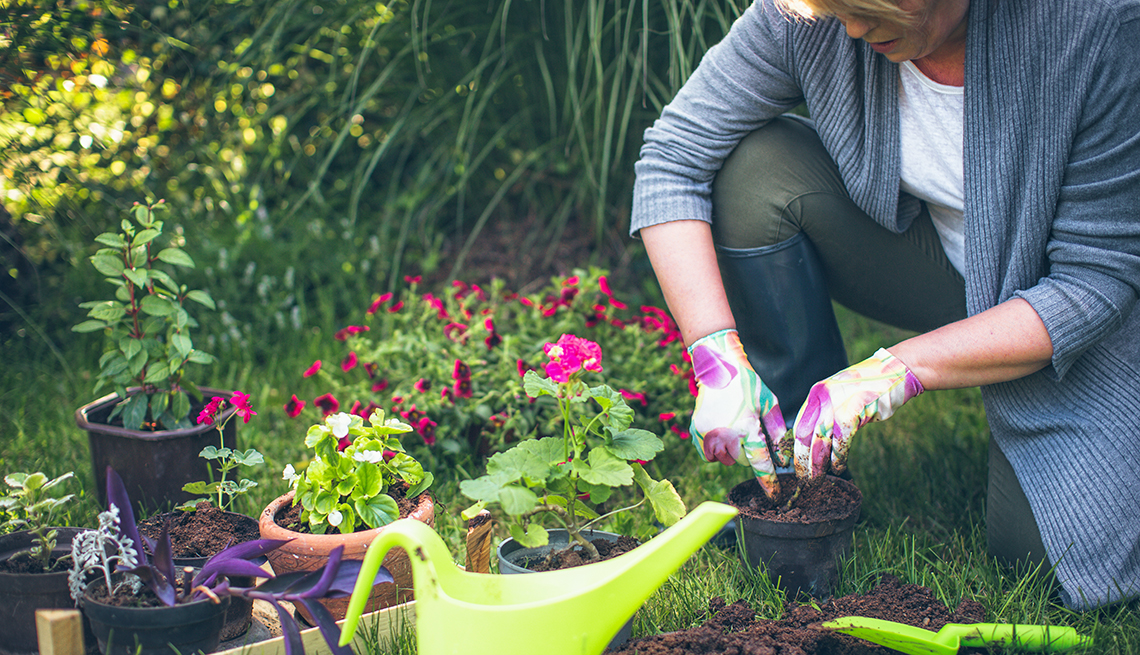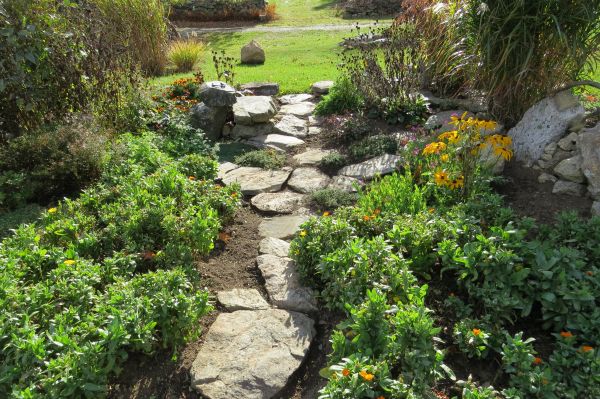Fall is the season of cleaning out everything, the season of de-cluttering all the old things, and this applies for gardening as well. Fall gardening is about maintenance, planning, and finding out what areas to concentrate on as a priority. It brings its own challenges and pleasures as the nights are full of dropping temperatures which will make you spend less time outdoors. Gardening is essential in autumn as it is a transitional period that’s more than just tidying up. If you are looking for tips to maintain your outdoor space that will give your home another look, then here it is.

1. Clear away furniture
If you’ve been entertaining guests in summer, now is the time to cover or store away garden furniture to prevent damage caused by weather. Bring any cooking equipment such as barbecues and utensils inside, and wrap chimineas with waterproof covers.
Make sure you give the garden furniture a good clean and revive metal furniture before you store it away.
2. Clean patios and decking
Sweep and clean walkways, patios, decking and driveways regularly If your garden is open and surrounded by trees, sweeping regularly is a must. Falling leaves and wet weather conditions can cause dangerous slippery surface and if left can start to rot. Use a hard wearing outdoor brush to sweep away leaves and bag up for compost. A pressure washer and patio cleaner can be used on decking or patios to remove any dirt build up, mildew or algae.
3. Look after outbuildings
Greenhouses, garden rooms and sheds can all be susceptible to the winter weather. Keep glass on greenhouses clean throughout winter to make cleaning up in spring easier, as dirt can build up over months and become difficult to remove. Treat any wooden outbuildings with a weather protection wood preserver to prevent color fading or damage to the wood. Clear out and organise the inside of sheds and greenhouses ready for winter storage, which will also make it easier for you to find everything when your start gardening in earnest again in spring.

4. Cut back hedges and foliage
Use a good pair of secateurs or hedge trimmers to trim thick stems right back and remove any dead branches and leaves. This will make maintenance in spring easier, prevent overgrowing and overcrowding, and reduce dropping leaves.
5. Take care of the lawn
In a dry winter, grass will still need plenty of water. If you spot brown patches on your lawn, ensure it is watered regularly. Give your lawn a good cut before the cold and wet weather sets in and trim back the edges to make maintenance in spring easier. Keep weeds down by regularly checking for them, and clear away fallen leaves from the lawn too, to prevent rot.
6. Protect pots and plants
Store any empty and planted up pots carefully over the winter months. Raise any planted containers off the ground to prevent them getting waterlogged, and insulate the pots with hay, cardboard or bubble wrap. If you have any plants you know are susceptible to cold weather, get them in the greenhouse or in your conservatory. For those planted in the garden, protect them with fleece or hessian. The first frost of the year can arrive without any warning and kill your favorite foliage.
7. Plant spring bulbs
To enjoy colorful daffodils, tulips and other spring blooms appearing in your garden next spring, remember to plant the bulbs from September to November.
8. Don’t forget wildlife
Don’t forget about any wildlife that visits your garden. Make sure you leave out seeds, nuts and water for the birds – this can be life-saving during the winter when food is scarce and the cold can take its toll. Create bug homes, and leave out suitable leftovers for other wildlife you want to encourage to share your outdoor space. Shelter is essential for a hedgehog’s survival during the winter, and you can make a hedgehog home from woodpiles – choose a quiet spot that is unlikely to be disturbed from November to March.
9. Mulch your borders
As temperatures drop and the weather gets wetter, your plants become more vulnerable to water-logging, root rot, and, if they’re sufficiently weakened, pest larvae. Mulch around the roots of your plants with wood chip, leaves, or pine needles.
10. Water properly
Watering your garden is a good thing, but since many diseases need water just as much as plants do, how you go about it makes a big difference. Many pathogens in the soil and air need water to move, grow, and reproduce. To avoid giving these diseases an environment they love, choose watering methods that limit moisture on a plant’s foliage. Soaker hoses and drip irrigation accomplish this. If you are watering by hand, hold the leaves out of the way as you water the roots.
The most common leaf problems are exacerbated when leaves are wet, so overhead sprinkling is the least desirable option. If you choose this method, however, water at a time when the leaves will dry quickly but the roots still have time to absorb the moisture before it evaporates.
Also remember that more isn’t necessarily better when giving your plants a drink. Waterlogged soil or pots promotes some root-rotting fungi and can also suffocate roots, making them easy targets for the rotting fungi.



